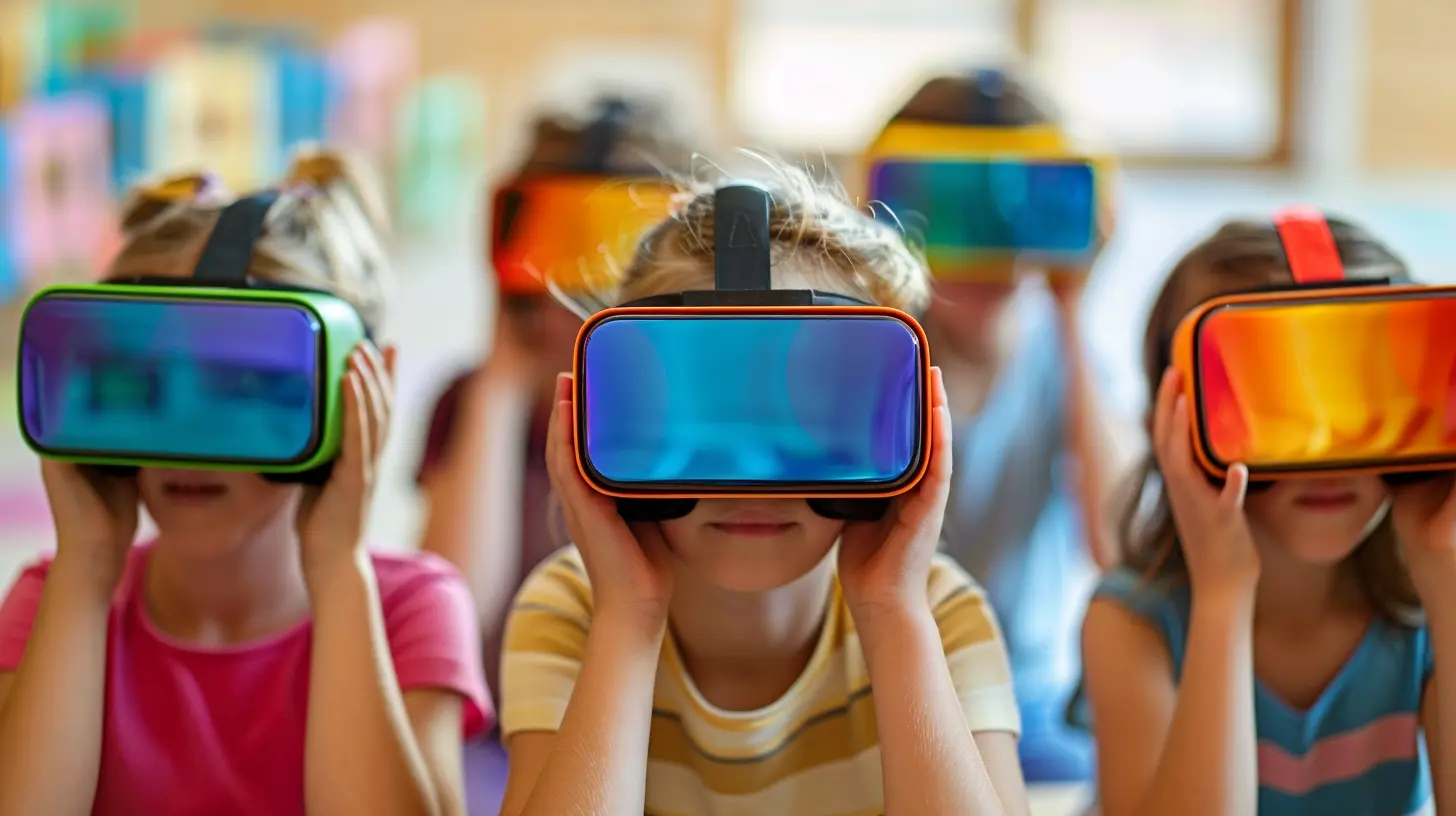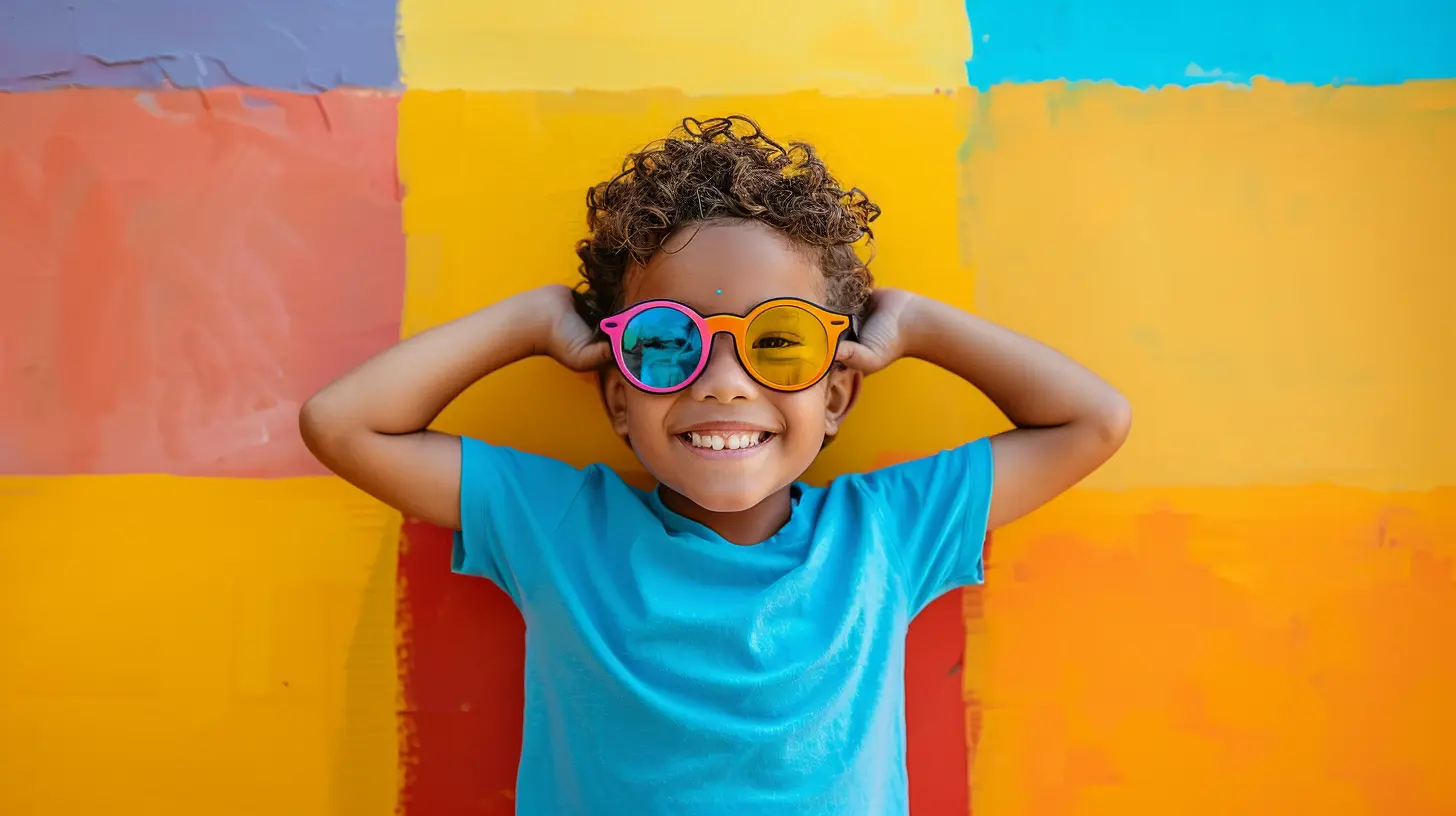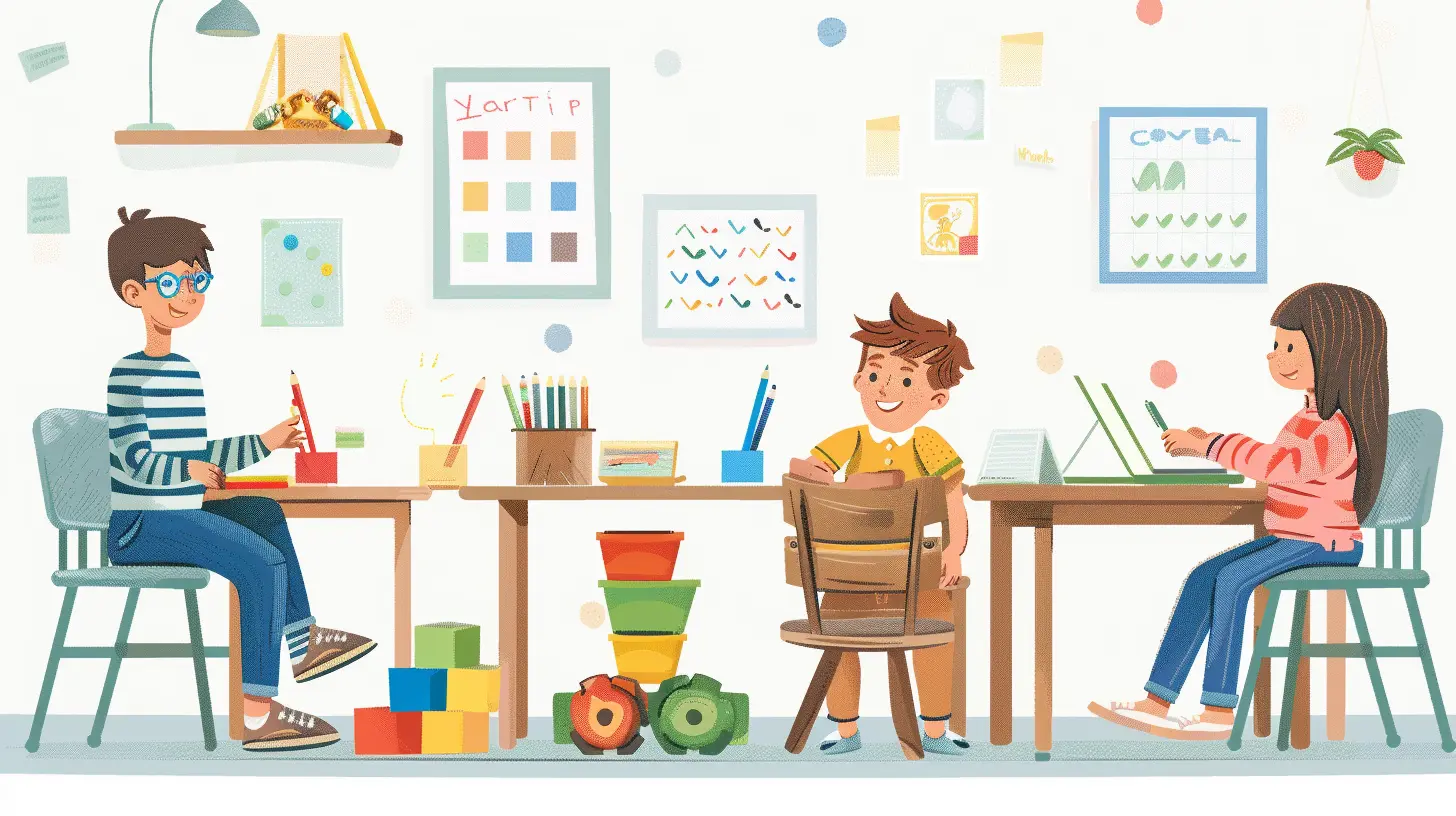How to Implement Multi-Sensory Learning Approaches in the Classroom
3 July 2025
Ever tried learning something new and felt like staring at a textbook just wasn’t cutting it? Yeah, we’ve all been there. The truth is, humans are wired to take in information through a mix of senses—not just reading or listening. That’s exactly where multi-sensory learning comes in, and it’s a total game-changer.
Teachers, if you’re looking to spark more engagement in your classroom, boost retention, and cater to every kind of learner, multi-sensory learning might just be your secret weapon.
So, what is multi-sensory learning, and how can you bring it into your classroom without turning everything upside down? Let’s break it down together.
What is Multi-Sensory Learning?
Think of multi-sensory learning as a buffet for the brain. Instead of feeding students information through just one channel—like hearing a lecture or reading a chapter—you’re offering up a rich mix of visual, auditory, tactile, and even kinesthetic experiences.In simpler terms, students see it, hear it, touch it, move with it, and maybe even smell or taste it (depending on the subject, of course!).
Why is it Effective?
Here’s the deal: when you combine sensory inputs, you're not just making learning more engaging—you’re helping it stick. Neuropsychologists say that when more areas of the brain are involved in learning, the chances of remembering go way up. It’s like turning on multiple lightbulbs instead of just one.And the best part? It works wonders for all students, especially those with learning differences like dyslexia or ADHD. Everyone wins.
The Core Senses Involved in Multi-Sensory Learning
Let’s quickly go over the four main senses commonly used in classroom learning:1. Visual (Seeing)
Students process information through images, diagrams, color-coded notes, videos, and anything they can see. Charts and graphic organizers? Superstars in this category.2. Auditory (Hearing)
This involves listening to spoken words, music, rhymes, or even the rhythm of speech. Discussion-based learning or storytelling helps auditory learners thrive.3. Tactile (Touching)
Here, students use their sense of touch—tracing letters with fingers, manipulating materials like clay, or using textured flashcards.4. Kinesthetic (Moving)
This one’s all about movement. Think role-play, hands-on experiments, or even walking around the room during activities. It taps into muscle memory and boosts physical engagement.
Bridging Learning Styles with Multi-Sensory Approaches
Every child has unique learning preferences. While some are visual learners, others might need to hear something or physically do it to grasp the concept. Multi-sensory strategies don’t force students into one mold—they embrace all learning styles and help kids connect the dots in their own way.Let’s be honest, isn't that what effective teaching is all about?
How to Implement Multi-Sensory Learning Approaches in the Classroom
Okay, now let’s roll up our sleeves and talk strategies. You don’t need to reinvent your entire teaching plan—just add a few layers to it.1. Mix Up the Materials
Start by diversifying your teaching tools. Instead of relying solely on textbooks, how about building lessons around:- Visual aids (think infographics, timelines, charts)
- Audio clips or podcasts
- Interactive notebooks
- Hands-on objects like math manipulatives or science kits
Don't be afraid to get a little creative here. Even something as simple as having students draw or sketch out a concept can make a world of difference.
2. Use Movement in Lessons
Let’s face it: asking kids to sit still for hours on end doesn’t make for the most productive learning environment. Kinesthetic learning is your best friend here.You can:
- Use walking debates or gallery walks
- Integrate physical gestures with vocabulary or grammar rules
- Turn lessons into mini games like charades or scavenger hunts
- Use classroom stations where students rotate between activities
These little shifts can improve concentration and help anchor learning in body memory.
3. Encourage Hands-On Activities
Hands-on learning is where tactile meets kinesthetic. This is where students truly get their hands dirty—in a good way.Try incorporating:
- Science experiments that involve mixing, measuring, and observing
- Art projects tied to history or literature themes
- Building models in groups (think dioramas, bridges, or maps)
This tactile input not only keeps students engaged, but it reinforces the concepts in a concrete, memorable way.
4. Read-Aloud and Storytelling
Auditory learners shine when they hear information, not just read it. But hey, storytelling isn’t just for elementary students—everyone loves a good story.You can implement this by:
- Reading aloud from the textbook or literature
- Using audiobooks or educational podcasts
- Having students create their own stories or jingles to reinforce concepts
Plus, this method helps students with reading difficulties process information better.
5. Color Coding and Graphic Organizers
Need a simple way to add a visual punch to your lessons? Color coding is incredibly effective.Use:
- Different colored pens for different parts of speech
- Highlighting key parts of a text
- Mind maps or concept charts
These tools help students visually sort and organize information, which boosts comprehension and recall.
6. Integrate Technology
Technology opens up a treasure box for multi-sensory learning. You’ve got:- Interactive whiteboards
- Educational apps that combine visuals, sound, and touch
- VR experiences that immerse students in a 3D version of a lesson
- Videos with subtitles and narration
Don’t worry—you don’t need a tech degree. Even simple tools like Google Slides can be very powerful when used creatively.
Adapting Lessons for Diverse Learners
One of the greatest strengths of multi-sensory learning is how inclusive it is. Whether a student struggles with language, attention, or processing difficulties, a multi-sensory approach can offer alternate pathways to learning.Here’s how you can tweak your lessons:
- Break tasks into smaller, multi-sensory steps
- Offer choices in how students demonstrate understanding (draw, act, write)
- Repeat key information in multiple ways (say it, show it, write it)
This allows students to access learning through their strengths—who wouldn’t want that?
Challenges and How to Handle Them
Okay, let’s be real for a second. Multi-sensory teaching does take a bit more planning. It can get messy. It can be noisy. But the payoff? Totally worth it.Here’s how to manage the bumps:
- Start small. Choose one lesson or subject to experiment with.
- Collaborate with other teachers and share ideas or materials.
- Prep reusable materials to save time in the long run.
- Use student feedback—what lights them up and where they struggle.
You’re not striving for perfection. Just progress.
Real-Life Example: A Day in a Multi-Sensory Classroom
Let’s paint a picture. Imagine this lesson in a Grade 5 classroom:Subject: The Water Cycle
- Visual: Students watch an animated video showing evaporation, condensation, and precipitation.
- Auditory: The class listens to a catchy song explaining each stage of the cycle.
- Tactile: Kids build the water cycle using cotton balls, arrows, construction paper, and blue beads.
- Kinesthetic: They act out the cycle—jumping (evaporation), twirling (condensation), and raining (precipitation).
By the end, not only have they learned the water cycle—they’ve experienced it.
Tips to Keep It Sustainable
You’re busy. I get it. So here are a few tips to make multi-sensory teaching manageable:- Reuse and recycle activities that worked well.
- Create activity bins for quick lesson add-ons.
- Lean on tech—there are tons of free resources online.
- Let students lead sensory components (peer-teaching is gold!).
Consistency is key. You don’t need to use all senses in every lesson, but aiming for at least two or three can make a big difference.
Final Thoughts
Creating a multi-sensory learning environment is like turning up the volume on how students experience education. Instead of watching from the sidelines, they jump into the lesson with their whole being. The result? More excitement, deeper understanding, and better outcomes.So go ahead, mix things up. Add color, touch, movement, and sound into your lessons. Your students will thank you—and you might just fall in love with teaching all over again.
all images in this post were generated using AI tools
Category:
Learning DisabilitiesAuthor:

Bethany Hudson
Discussion
rate this article
1 comments
Thalia Stewart
What an intriguing approach! I’m curious about the specific techniques that can effectively engage different senses in the classroom. Which methods have proven most impactful for student learning?
July 21, 2025 at 2:30 AM

Bethany Hudson
Thank you for your interest! Techniques like hands-on activities, visual aids, auditory stories, and tactile materials have shown to enhance engagement and retention by stimulating multiple senses simultaneously.


